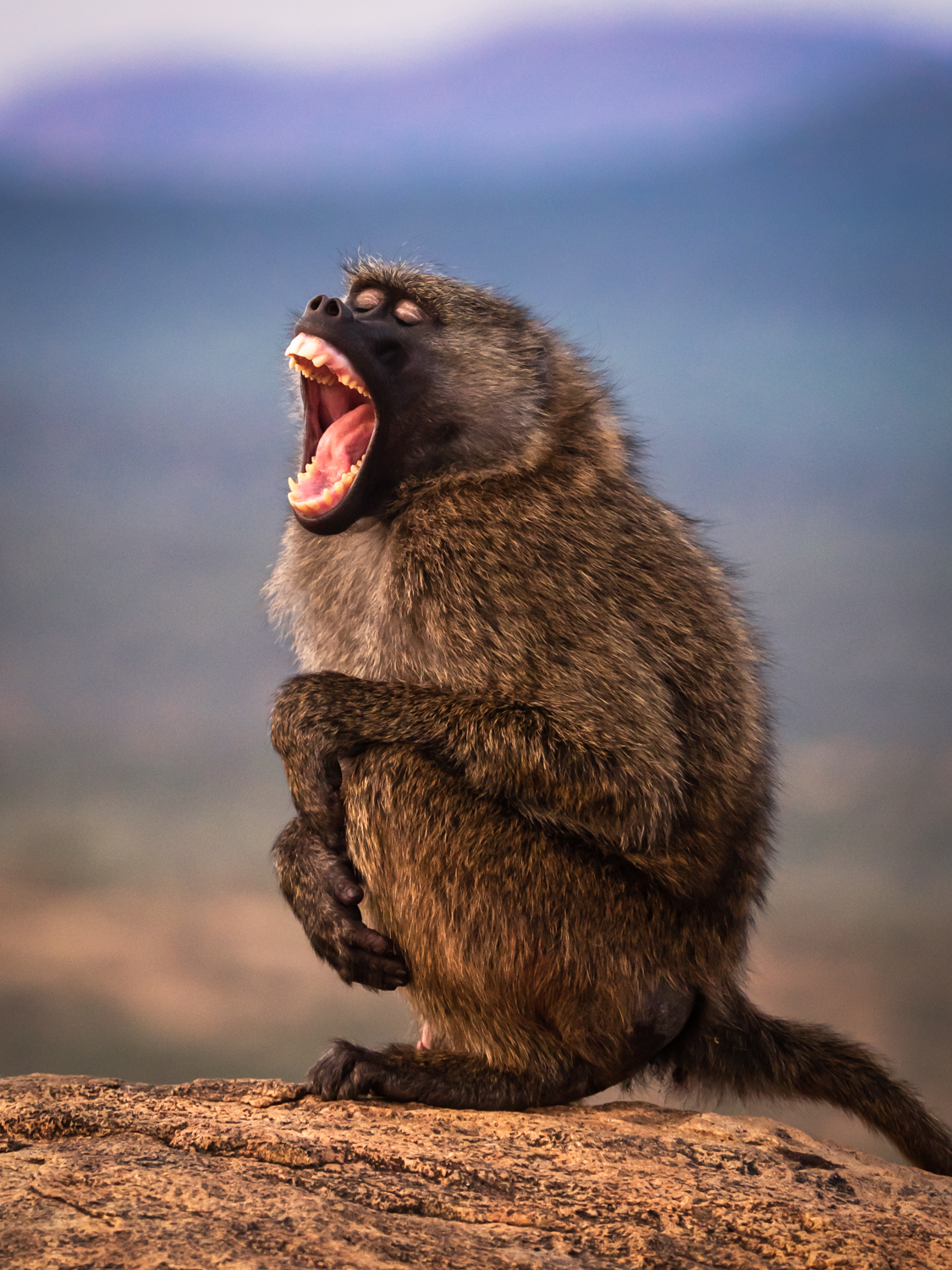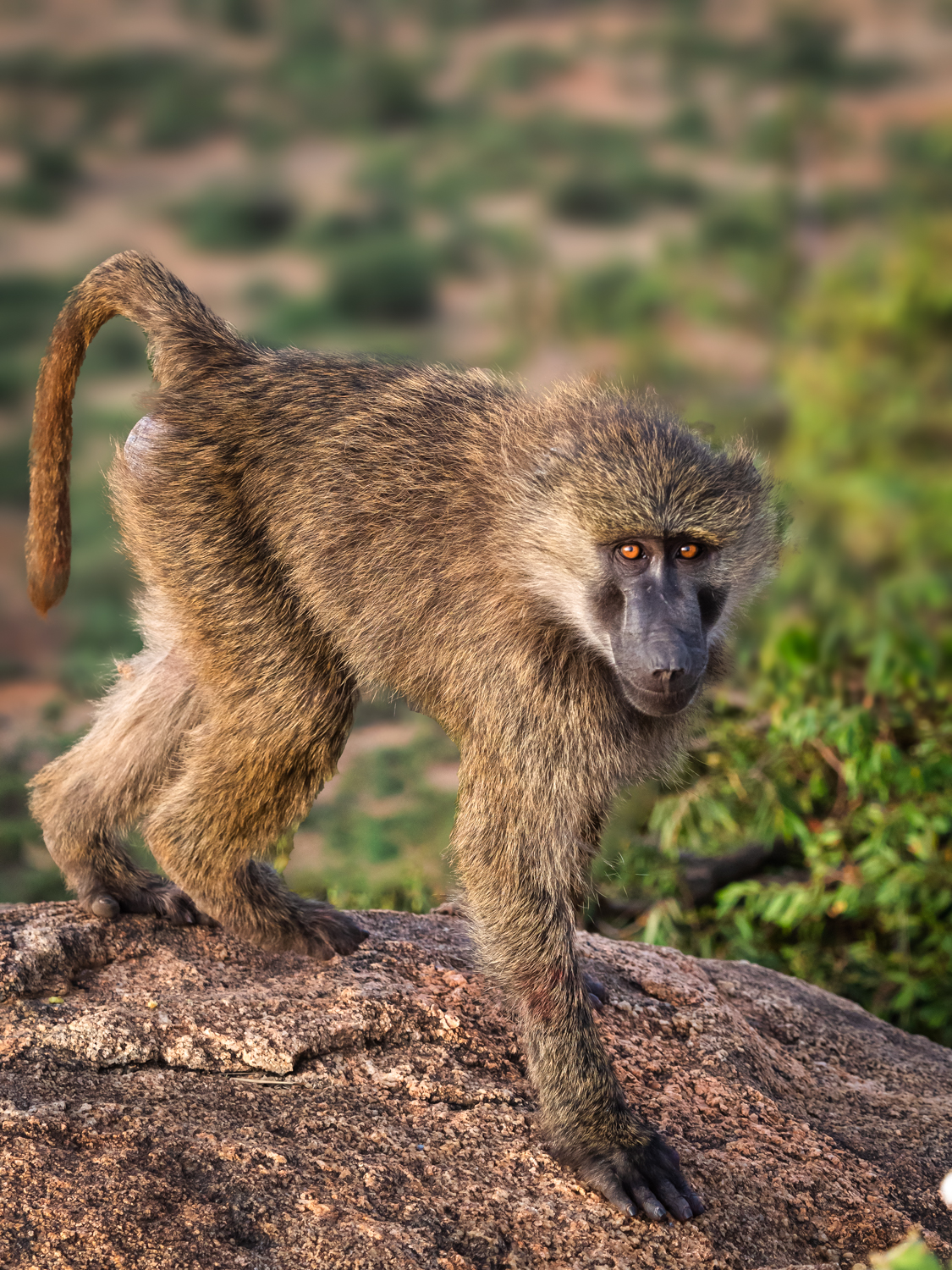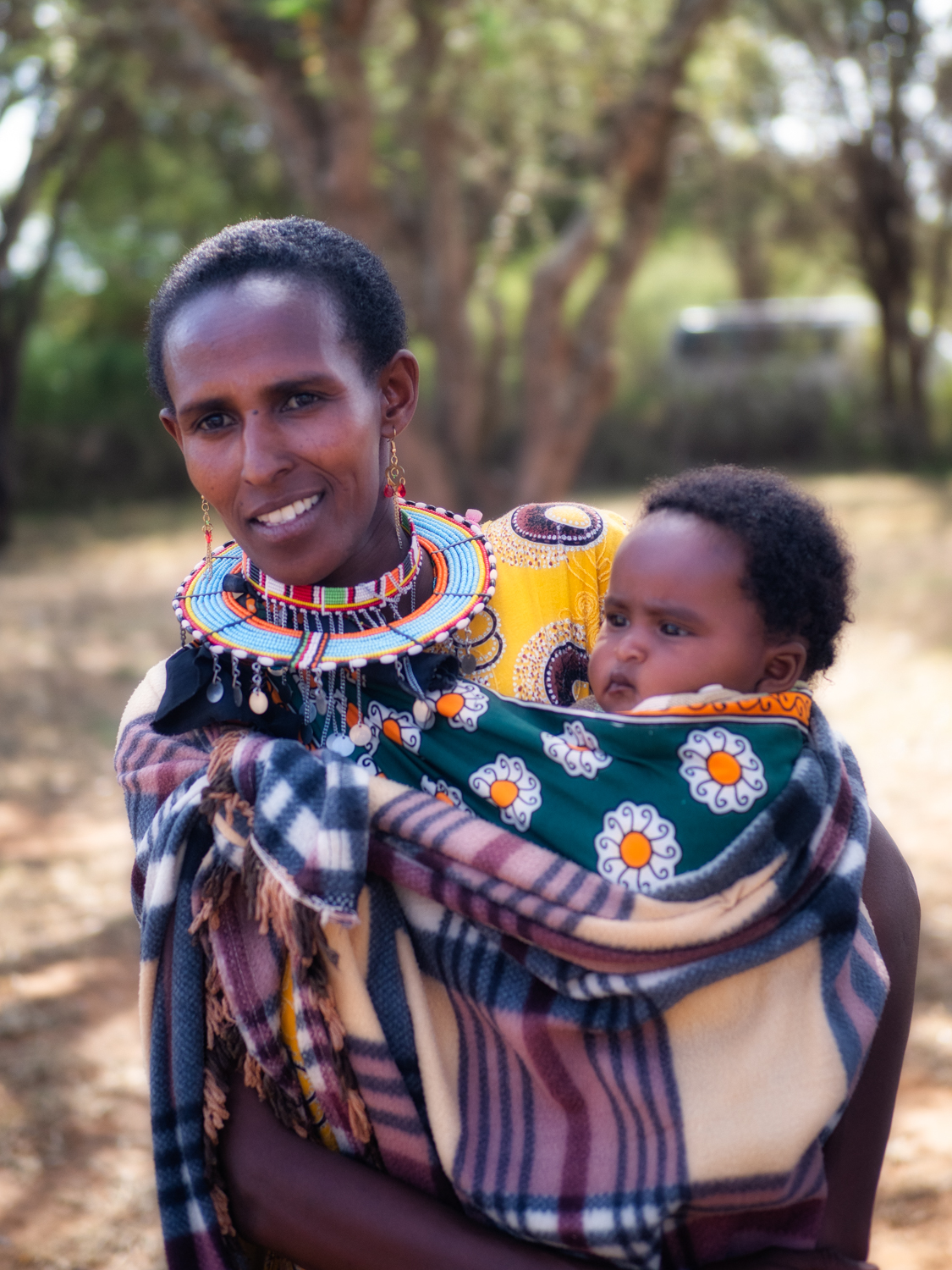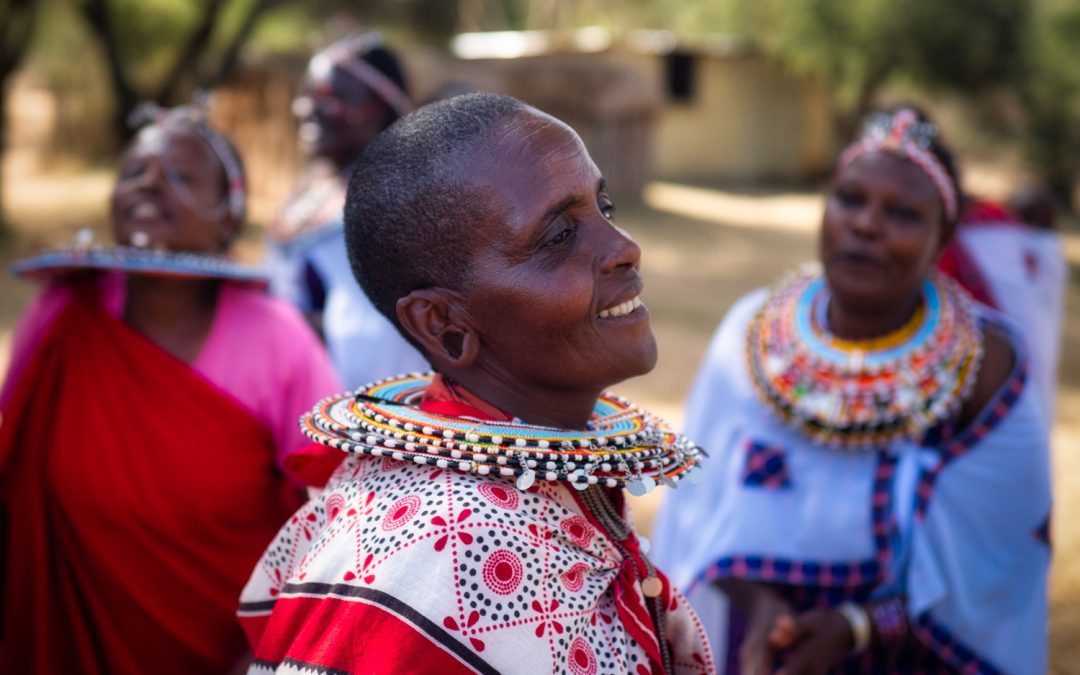Twala Manyatta

The Twala Cultural Manyatta lies about 30 miles north of Nanyuki in Kenya. Manyatta is a Maasai word which roughly translates to “settlement” or “compound”. What makes Twala rather distinctive is that it was created and is managed exclusively by Maasai women. If you are curious about Maasai culture but skeptical about the authenticity of the Maasai “cultural experiences” which are typically packaged with safaris and often come with a heavy sales pitch, then Twala is a place you should visit if you are in the area. The women of Twala are the real deal, an authentic product of the local culture. They represent the Maasai culture in its contemporary form – a mix of ancient practices, rituals, and mores, blended with a modern sensibility. And yes, they have products to sell; but they are hand-made by the Maasai women of Twala, with genuine Maasai cultural influences and a bit of local creative flair. And there is no heavy-handed sales pitch.
What you can also experience is a sort of Maasai cultural panoply of song and dance, games, and demonstrations of various rituals as well as the tools and techniques of every day survival in a traditional Maasai community. And keeping with what seems to be the prevailing demeanor among Maasai people, it’s all fun and light hearted.
Placed in a rather remote area, the magic of Twala is that you can relax and enjoy the grounds, but you have ready access to the wilds of Northern Kenya, with all its glorious flora and fauna.
A Primal Sunrise – The Twala “Baboon Walk”
As mentioned in this post, we were in Kenya to document and produce stories about the students at the Daraja Academy. On this particular day, Daraja Academy board member and photography buddy Steve Disenhof and I had planned a trip to the remote village of Doldol, the home of a girl who was currently attending Daraja. We dragged our subject, a very patient young lady named Amina, out of bed at a pre-dawn hour and set out on the rutted dirt roads for points north. Twala, as fate would have it, is on the way to Doldol. Our plan was to make a morning visit to Twala for one of the coolest things they offer – the “Baboon Walk”.
Twala is a short drive\hike from a large rock formation which protrudes from an otherwise flat, high plain. One side of the rock overhangs a valley with a steep drop away to the valley floor below. The view alone is worth the short hike. But this particular rock cliff serves as a home for a troop of Baboons, who sleep there at night to keep safe from predators. If you arrive early enough, you will witness the Baboons getting up to start their day. And what a sight it is. I’ve been on a safari or two, and I’ve been in wildlife habitats in the U.S. where you have to be cognizant of animal encounters. But I’ve never done anything like this.
As the Baboons wake up, they come up off the cliff to the flat area atop the rock, where they can soak up the morning sun and get ready for the day. Two things hit you like a ton of bricks. The first is how like people they are, yawning and stretching to greet the oncoming day, as well as each other. Observing them, you can see the primate in yourself – grumpy and slow upon getting out of bed, but gradually perking up. And like us, they gotta get to work, pushing out into the world to feed themselves. They even have a commute of sorts. You can almost imagine them enjoying a coffee, were one offered to them.
The second thing that blows your mind is the lack of barriers. You are among them, sharing their space, literally surrounded by them. We were on their turf, and they clearly knew it. They control the situation, and you have no choice but to trust them. They were wary of us, but not afraid, it seemed. And why would they be? It was a tiny bit scary, definitely humbling, but mostly thrilling.

Production – Shooting at Twala


We had two very different experiences at Twala: One just after sunrise (the Baboon walk) and one in the afternoon, which was our visit to the grounds of the Manyatta. From a photography/production standpoint, the baboon walk was the most challenging. The sun was just peaking over the horizon as the baboons awoke and became active. This timing would normally be perfect, because the sun wakes up the baboons, and they stir just as the light would be at its best “golden hour” color and intensity. But on this day, there was a moderate low cloud cover which reduced the intensity of the morning light. So, the sun needed to rise a little more above the horizon to be at full strength. This created a sense of urgency, because the baboons don’t linger long before they move out from the rock to go hunting for food. The result is that we started shooting the baboons at cranked-up ISO values, because we needed to capture images before they left. Fortunately, the baboons lingered just long enough for us to shoot at base ISO. But they moved out in fairly short order after that. So all things considered, we would selfishly have liked more time shooting in those more favorable conditions.
Back at the Manyatta in the afternoon, things were simpler. In the intense African afternoon light, we had no worries about having the light we needed. If anything, the concerm would be that the light might be too harsh. And while it was early afternoon and the light was a little “contrasty”, the conditions were good overall. For one thing, there is plenty of shade on the grounds of the Manyatta. And even more important, northern Kenya is a wonderful place for photography at any time of day, due to its peculiarly wonderful light. I’m not certain why its the case…perhaps the dark red soil is kicked up from the dusty roads and creates a warm veil that hangs over the landscape. But whatever the cause, the light has a soft, diffuse quality, with a visible shift to red. It’s beautiful…a photographer’s dream. At the manyatta, we were greeted by the wowen in their full Maasai regalia. Maasai clothing is extremely colorful and ornate, and is worn with many adornments. It’s all stunning, and it’s catnip to a photographer. As we were treated to traditional Maasai song and dance, Steve and I both had to bounce back and forth between participating (which the women insisted we do) and photographing. It was a tough line to walk but we didn’t notice it because we were having too much fun. We also observed (and photographed) some traditional Maasai games and bush skills, such as fire-starting. Looking back and reviewing the images, I deem it a success from a photography standpoint as well as a wonderful memory of immersion in an ancient and fascinating culture.
Many thanks to the women of Twala Manyatta for a rich and remarkable experience. For more about Twala and their partnership with Daraja Academy, click here.

